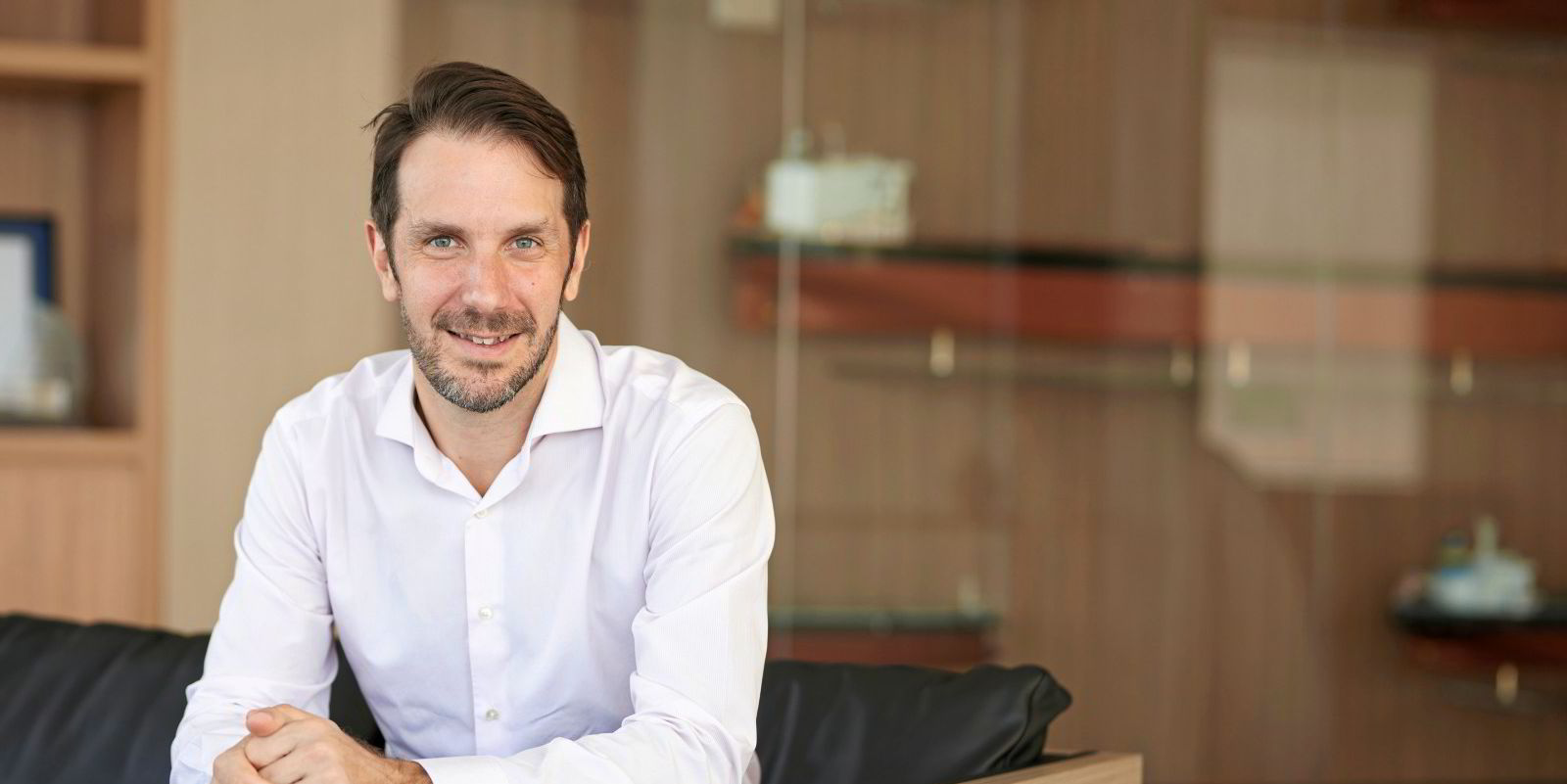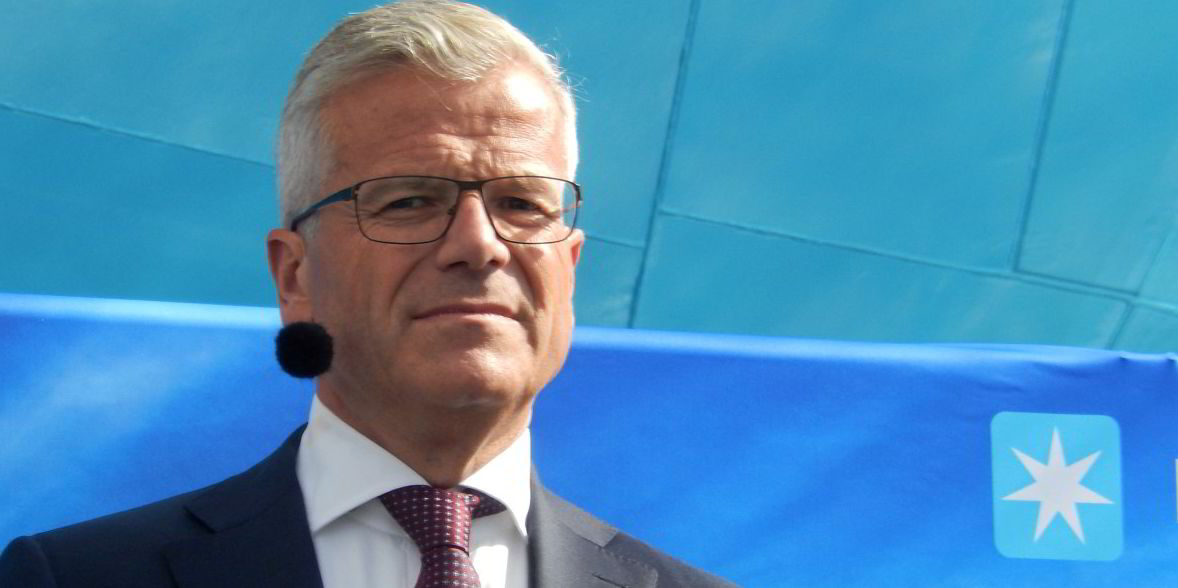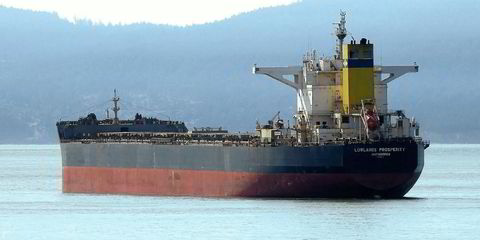Denmark’s AP Moller Holding is eyeing a move into gas shipping as it lines up an order for up to 10 very large ammonia carriers (VLACs) worth about $1.1bn.
Newbuilding sources said AP Moller interests have signed a letter of intent with South Korean shipbuilder Hyundai Samho Heavy Industries to build four firm vessels of about 93,000 cbm, capable of carrying a full cargo of ammonia.
The deal is said to include options for another quartet of the emerging breed of gas ships, plus a further pair.
The four firm vessels are due to be delivered at a rate of one per quarter through 2027, with the options pencilled in for dates in 2028.
TradeWinds understands any order would likely fall under the private company AP Moller Holding, possibly its Maersk Tankers arm.
Asked about the LoI for the VLACs, a spokeswoman for Maersk Tankers told TradeWinds on Monday that the company does not comment on rumours or speculation in the market.
This year, Maersk Tankers moved into VLGCs.
The company launched voyage management as a stand-alone service and took over the handling of seven VLGCs owned by Petredec Global in London.
In August, Japan’s Astomos Energy put five of its VLGCs under voyage management with Maersk Tankers.
South Korea’s two other major shipbuilders — Hanwha Ocean and Samsung Heavy Industries — are also said to have been invited to offer in on the vessels.
Negotiations on the ships are understood to have been in progress for a couple of months but have been kept “very much off the radar”, one source said.
Pricing
Brokers said pricing on the VLACs is between $110m and $112m per ship.
They are understood to have been specified with conventional rather than dual-fuel engines and 98% ammonia filling levels.
Brokers explained that while the cost of the conventional engine over a dual-fuel one reduces the price by about $6m to $7m, the high specific gravity of the ammonia cargo means more steel will be required in the construction of the vessel, adding up to $2m in costs.
It is unclear, as yet, if the Danish company has any intention to switch to ammonia dual-fuelling for the firm or optional vessels once the engines become available.
Power of ten
In September, Evangelos Marinakis’ Capital Maritime & Trading and Idan Ofer-led Eastern Pacific Shipping ordered two 88,000-cbm VLACs each at HHI for 2027 delivery dates. On top of the ships Eastern Pacific had already contracted in China, this brought the number of firm VLAC contracts currently on yard books to 10 vessels.
If confirmed, these latest HHI VLAC orders would mark a return to gas shipowning for for Maersk Tankers.
The trade in ammonia is expected to increase with new green and blue production planned in the US, with the Middle East and Japan among those expected to be buyers.
But those following AP Moller-Maersk pointed to its moves into alternative fuelling and the infrastructure that will be needed to support this, as it pushes to meet an ambitious net zero target by 2040.
To date, Maersk has championed methanol — and specifically green methanol when available at scale — as a fuel for 25 of its boxship newbuildings, with more orders anticipated. But to acquire sufficient volumes of the new fuel the Danish giant has been making investments in green methanol production.
The company, however, has said it is “fuel agnostic” and is also looking at other alternative fuels.
Maersk, which operates about 750 ships, plans to have 25% of its shipments already transitioned to net zero by 2030.
This article has been updated since it was first published to clarify the likely parties involved in the letter of intent








